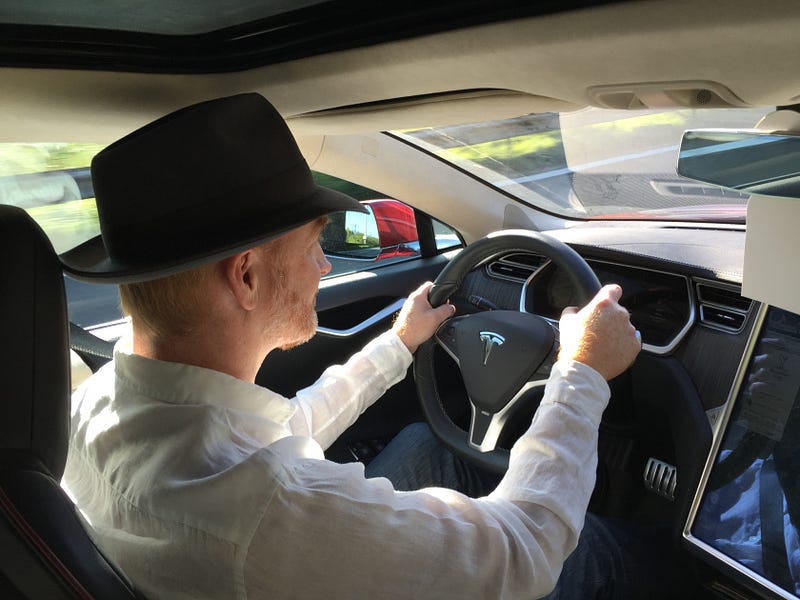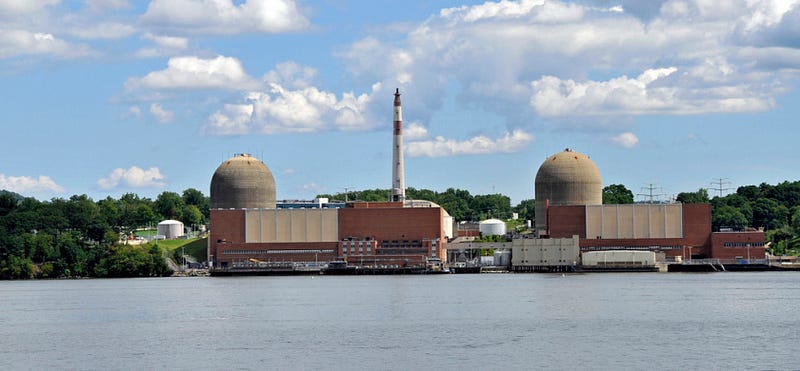Build sports car
Use that money to build an affordable car
Use that money to build an even more affordable car
While doing above, also provide zero emission electric power generation options
And with the launch (for pre-order) of the Tesla Model 3 last month, the Secret Master Plan is now well under way (if a little behind schedule!).
However, I’ve long suspected that Elon Musk has even greater ambitions than moving the world to electric transportation. I think he has two more Secret Master Plans, and I’m going to lay them out below. See if you agree with me.
The first is the more obvious of the two — to disrupt Uber, public transportation, and other ride sharing operators, by allowing owners of fully autonomous Tesla vehicles to participate in a Tesla operated ride sharing scheme.
How would it work — well, when I drive to work in the morning in my Tesla. I park the my car, and engage the Ride Share mode. The car then broadcasts its location and availability to the network, which assigns it rides as and when they are needed. At the end of my work day, my car knows to meet me back at my place of work to take me home, and I can choose once more to set it to Ride Share mode, or have it charge (or both if I have the Tesla robotic charging arm).

The trips would be undertaken on a revenue sharing basis, so money made could well be put towards the car loan/lease costs. In this way, the car could go a long way towards paying for itself, while also reducing traffic congestion, reducing global emissions, and making the roads safer.
And in case you think this is just the voices in my head (!), Elon Musk himself strongly hinted that he was planning something along these very lines last week.
The second Secret Master Plan is less obvious — it involves disrupting the utility industry. How?
By using the batteries in the electric vehicles to buy and sell energy. I know this may sound totally outlandish, but bear with me.
Most home energy storage systems store somewhere between 4–8kWh of electricity (with Tesla’s PowerWall coming in at 6.4kWh). But if you own a Tesla car, your battery is 70–90kWh (those figures are for the Model S and X, the Model 3 may be as low as 50kWh). That’s still a lot more than a home energy system.
Now consider, Elon Musk’s stated aim is to sell 500,000 cars a year by 2020. That may sound very ambitious given Tesla are currently selling a little over 50,000 cars per annum. However, Elon Musk is nothing, if not ambitious, and orders for the new Model 3 are approaching 400,000 according to Tesla Vice-President of Business Development, Diarmuid O’Connell.
But let’s be conservative and say that Tesla manages to deliver 200,000 cars in 2020 with an average battery of 60kWh. A quick bit of maths tells us
60KWh x 200,000 = 12,000,000KWh
12,000,000kWh = 12,000MWh
12,000MWh = 12GWh
12GWh is a lot of storage. For context, that’s the ability to store an hour’s output from 12 typical modern nuclear reactors.

Now, add to this the fact that every Tesla sold has an always-on data connection.
Suddenly you realise Tesla has the ability to control dozens of virtual nuclear power plants worth of storage, and Tesla will be selling at least 12 more nuclear power plants worth of storage, every year. Conservatively.
So the business case — Tesla can sell usage of this distributed storage to utility companies to use as backup, or for frequency regulation, to help smooth the demand curve on the grid, and remove the instability introduced by the addition of variable generators (wind and solar). If utilities can buy energy from Tesla at times of peak demand, it can mean they avoid having to build a power plant (or 12), which is a huge cost saving for them, and also reduces their emissions because peaker plants are invariably powered by burning fossil fuels.
For Tesla car owners, they get paid on a revenue share basis for use of the battery in their car, and the increased grid stability allows for more variable generators (wind and solar) to be added to the grid, making the world a better place for everyone. And that sounds just like something Elon Musk would want.
After all, Musk is the guy who said, when he published his Master Plan back in 2006:
the overarching purpose of Tesla Motors (and the reason I am funding the company) is to help expedite the move from a mine-and-burn hydrocarbon economy towards a solar electric economy, which I believe to be the primary, but not exclusive, sustainable solution
So what do you think, will Tesla be the next ride-sharing platform, while also becoming the Uber of electricity?
Originally posted on TomRaftery.com
Elon Musk — photo credit OnInnovation
